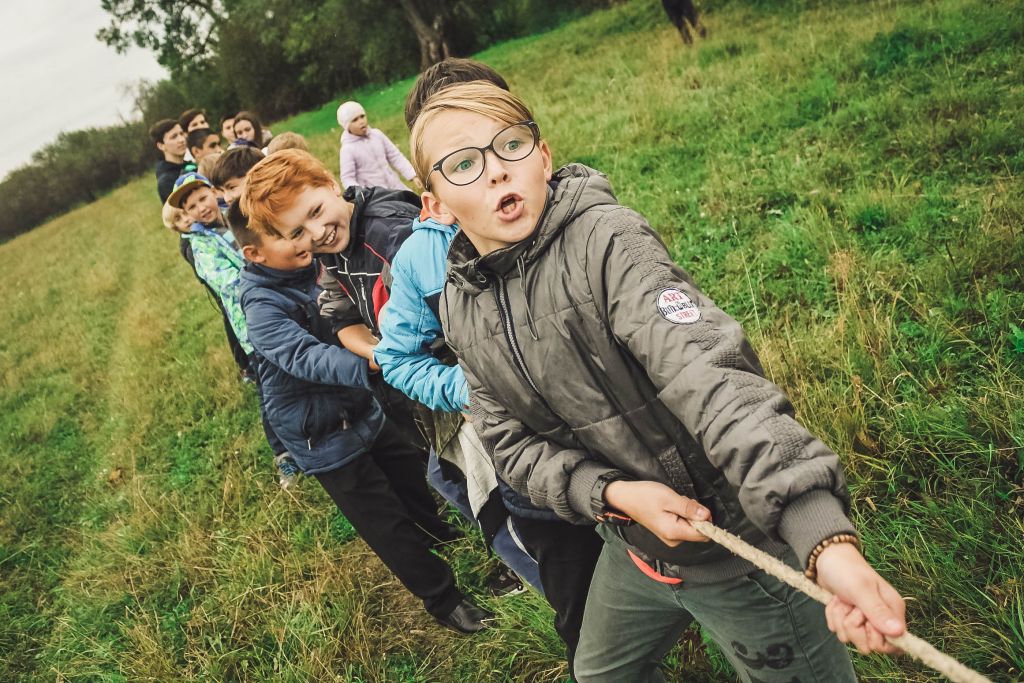Problem-based project learning is key to the circular economy

Discussions regarding the teaching of circular economy raise questions about the content of teaching. What models of thought do students at higher education institutions need to become CE professionals? The transition to the CE requires the borders between disciplines to be lowered. It also calls for interdisciplinary systemic thinking. Another question regards the context of CE instruction. (Heinrich 2016.) Some education professionals believe that the methods of learning are just as important as the facts learned (Vare & Scott 2007). What we need is a new kind of learning that encourages critical, systemic thinking and supports the development of future CE experts.
What, then, might a learning environment based on the same principles as the circular economy look like? Are the present learning environments “linear” and outdated, making them poorly suited to the future economy? (Heinrich 2016.) The different elements of a learning environment for the circular economy have also been examined at Turku University of Applied Sciences (Figure 1), where efforts to set up a project learning environment (PLE) for the circular economy were launched in 2015. The development of the PLE was based on Innopeda®, a new learning approach developed at Turku University of Applied Sciences. This article describes the new learning environment, which takes into account different factors affecting learning. The circular economy PLE is called Circular Economy 2.0.
